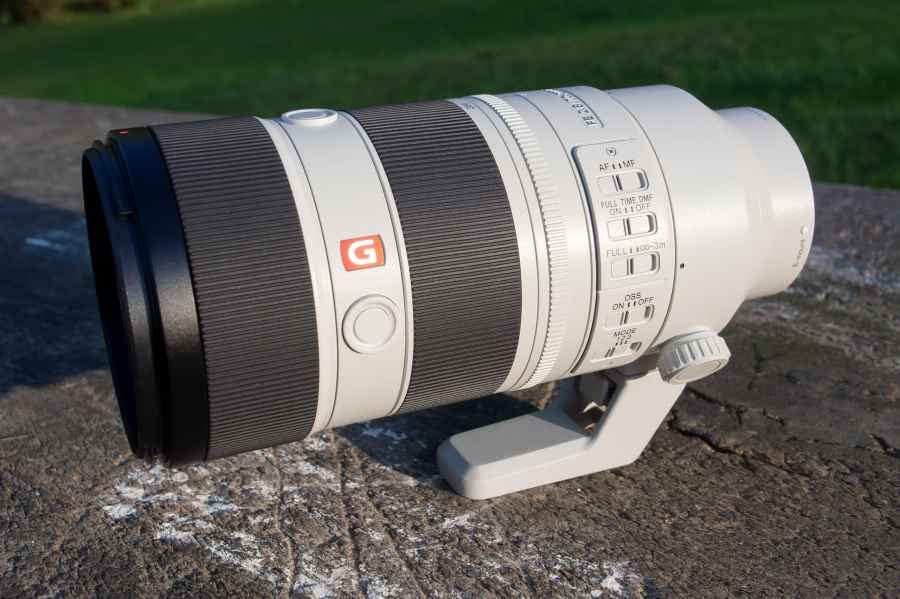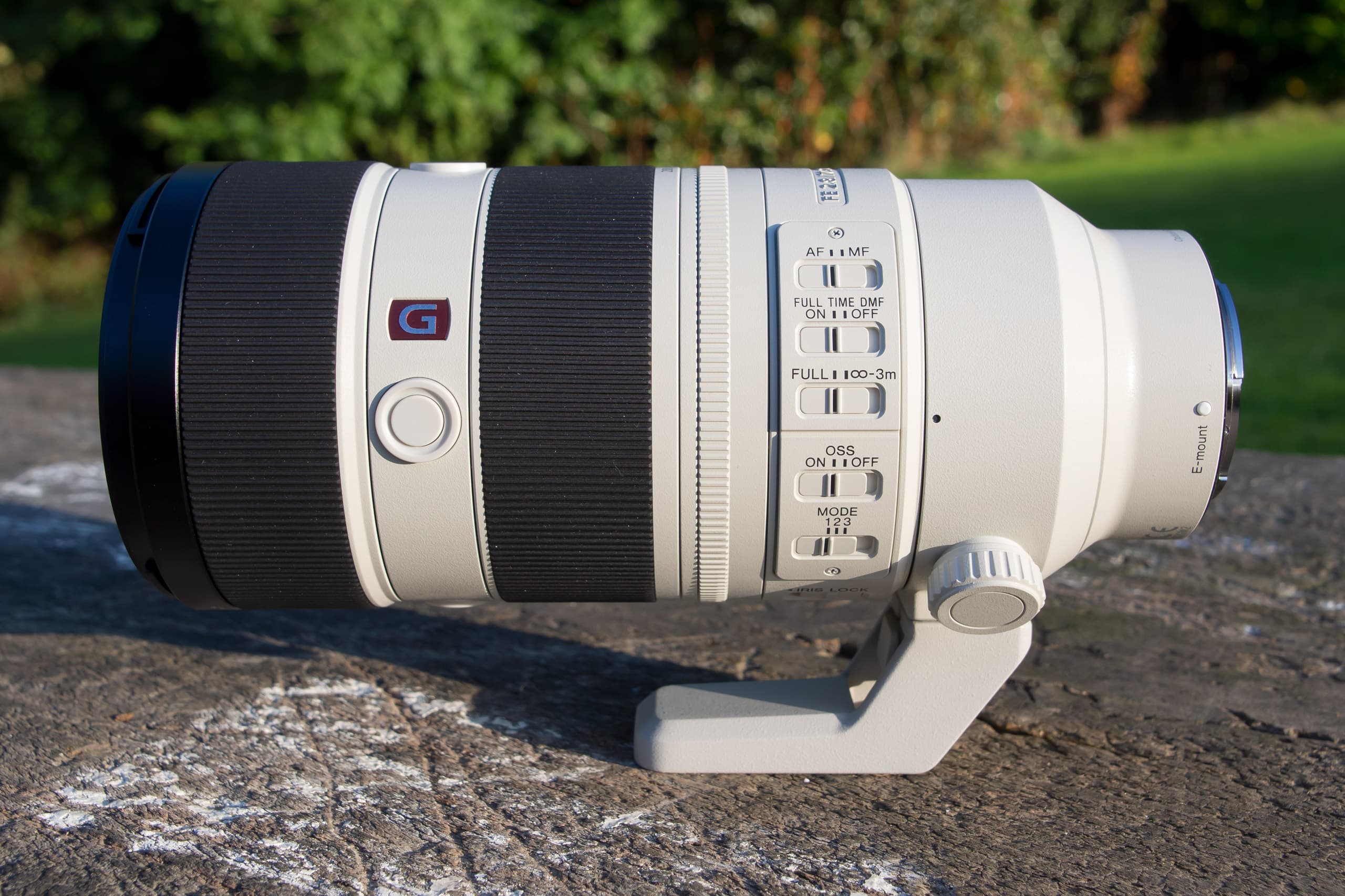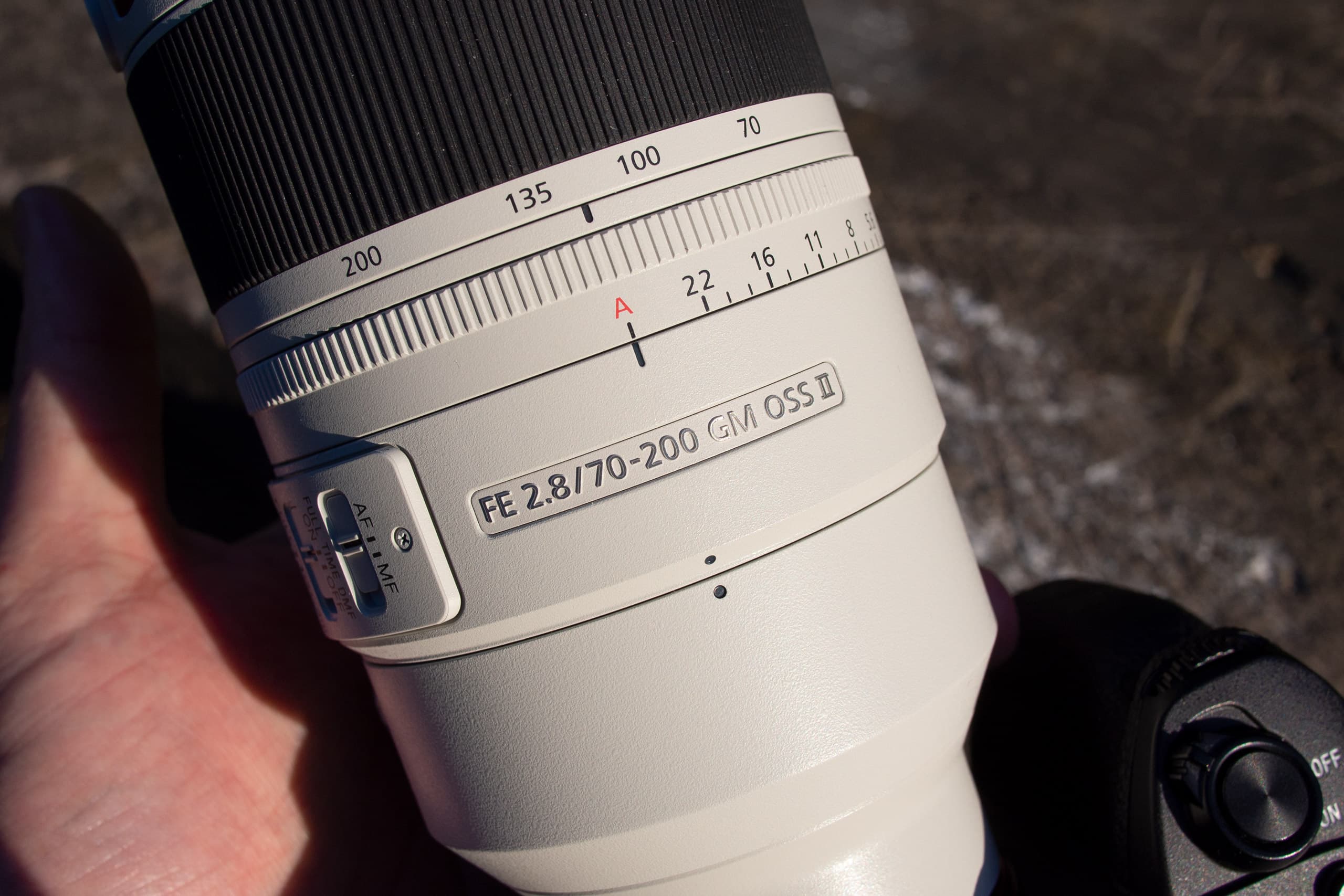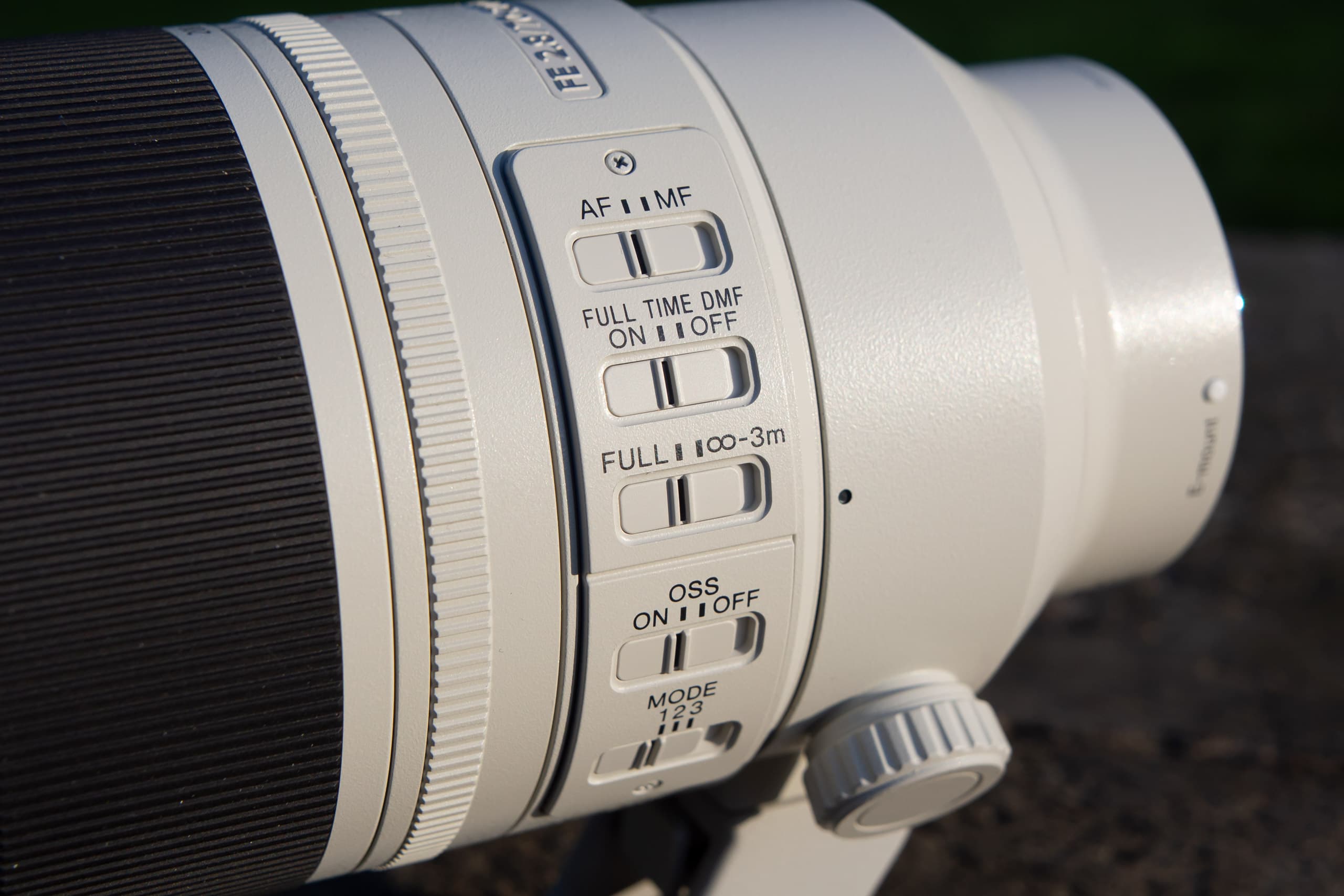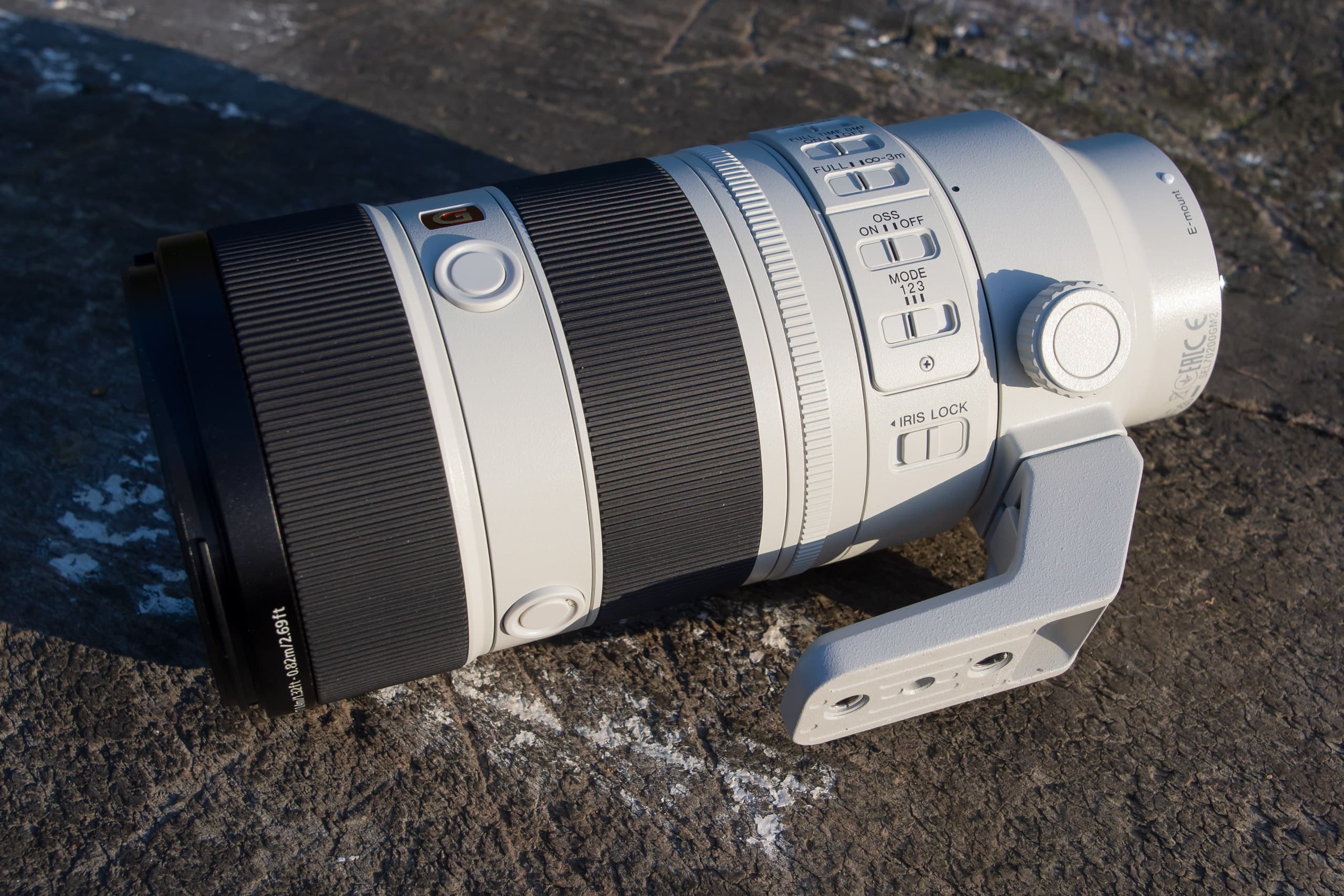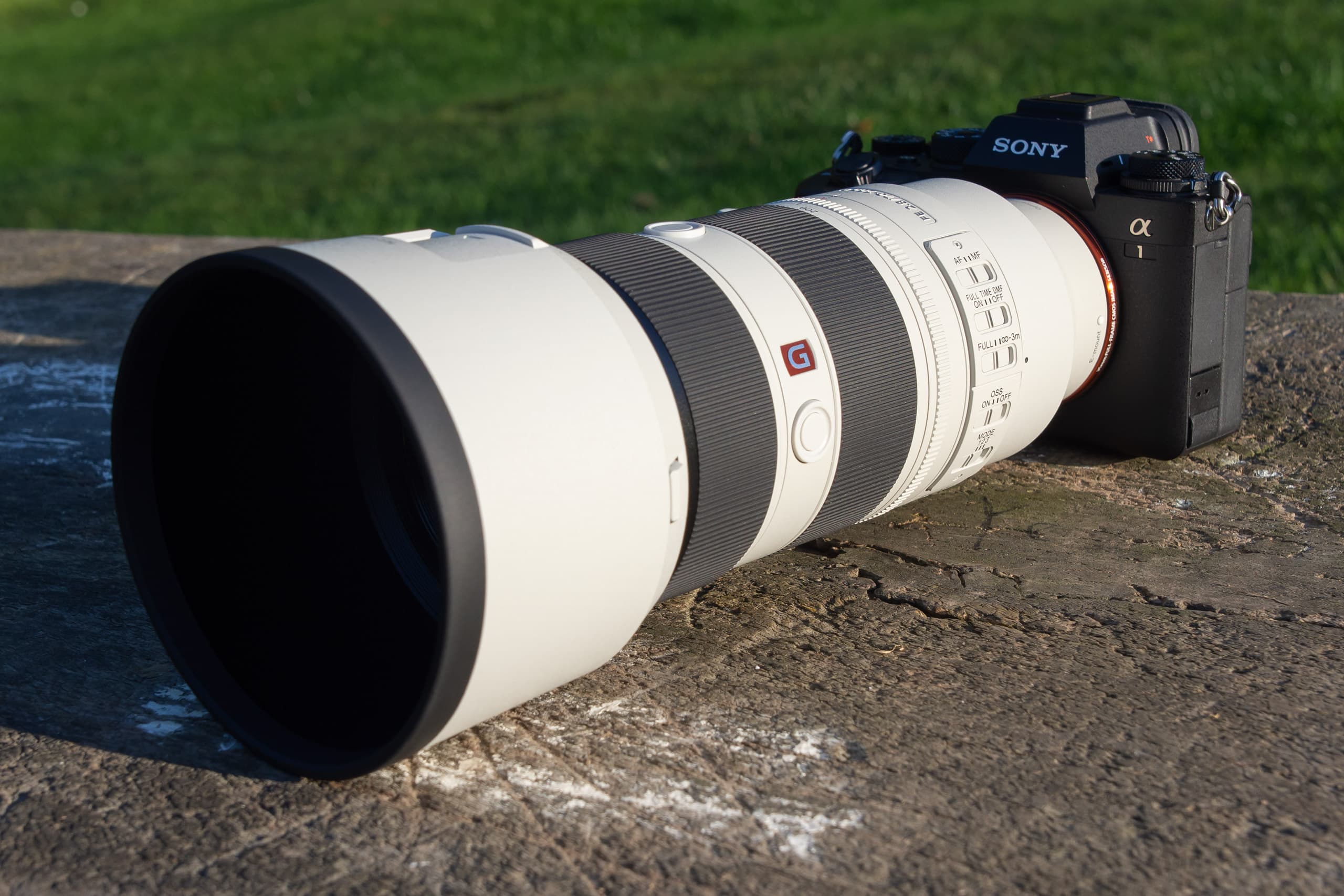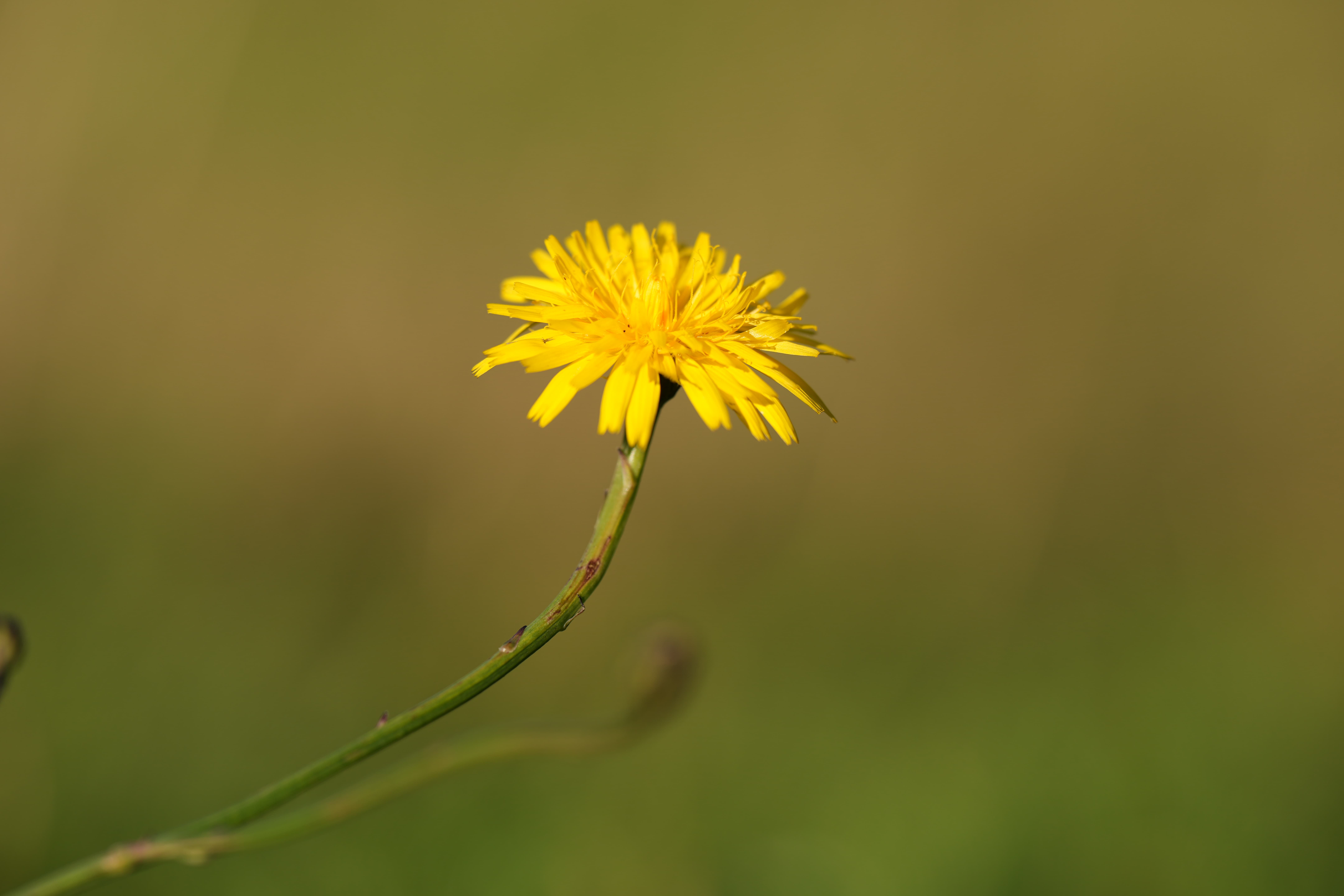When Sony announced a revamp of its FE 70-200mm F2.8 GM OSS in 2021, the first thing on most people’s minds was, Is it going to be heavier? The original 70-200mm weighed in at a massive 1.48kg, a weight that would take its toll even on Dwayne ‘The Rock’ Johnson’s arms over the course of a day’s photography. Thankfully, Sony’s FE 70-200mm F2.8 GM OSS II comes in 29% lighter at 2.3lb / 1,045kg (without the tripod foot) than its predecessor and reconfigured to make it better suited for video. And it was certainly lighter to carry over the course of this Sony FE 70-200mm F2.8 GM OSS II review.
What’s more, Sony hass upgraded the FE 70-200mm F2.8 GM OSS II AF’s performance to be four times faster than its predecessor could deliver, and focus tracking is claimed to have improved by 30%. That price tag? It’s the only thing that’s not lighter. It stood at $2,800 / £2,600 at launch and those prices have remained more or less the same. Is it worth that much money? Find out how it performs in our tests below.
Check out other options in our guides to the best Sony E-mount lenses and best zoom lenses for Sony.
Sony FE 70-200mm F2.8 GM OSS II Features
The Sony FE 70-200mm F2.8 G Master OSS II lens is designed for people who want a high-quality multi-purpose telezoom lens, with a relatively bright f/2.8 aperture, making it suitable for a variety of lighting conditions, and with weather-sealing, it’s suitable for use in inclement conditions.
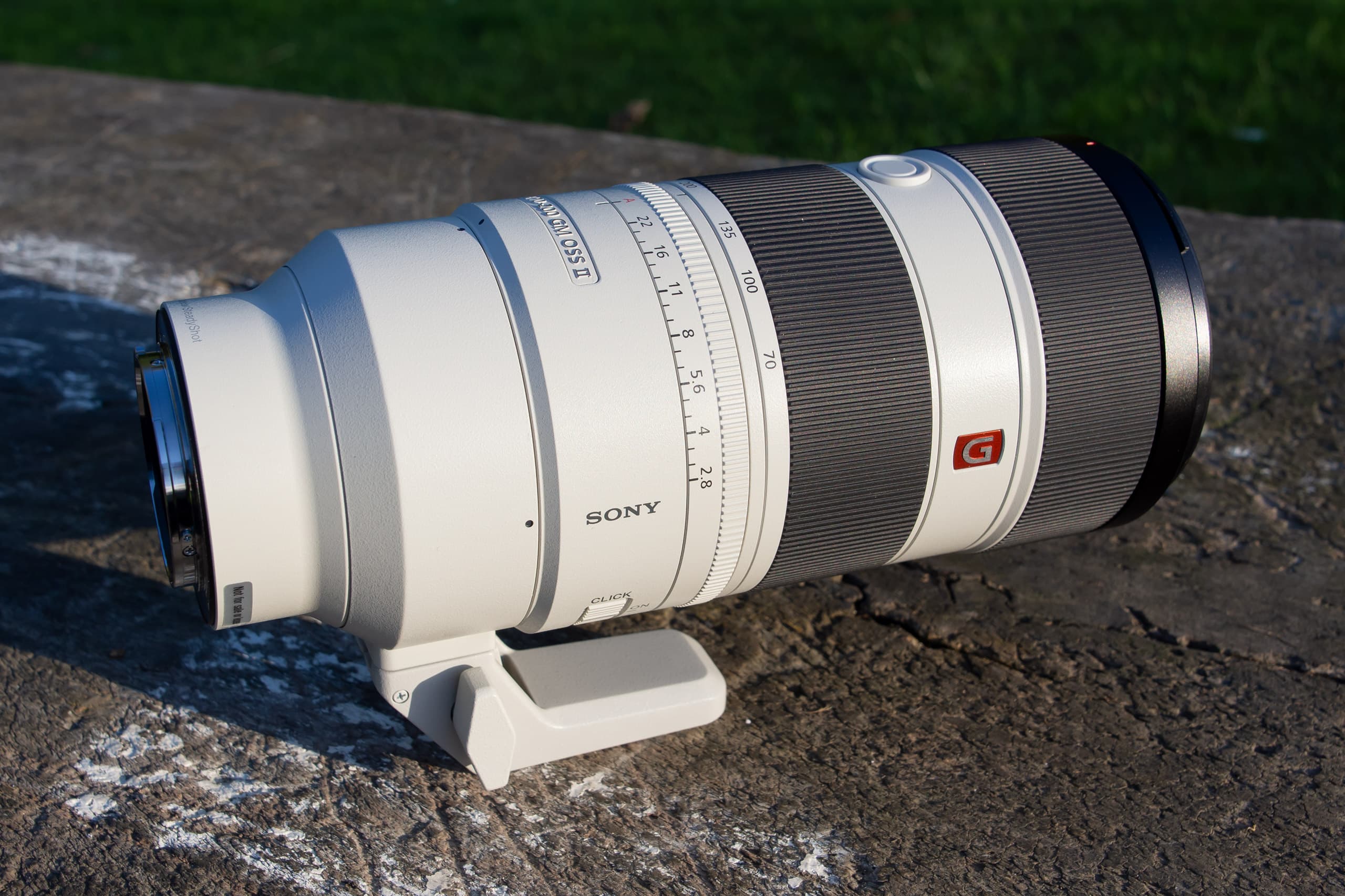
Sony FE 70-200mm F2.8 GM OSS II is 29% lighter than ts predecessor but still weighs a significant 2.3lb/1.04kg.
The lens is made up of 17 elements in 14 groups, with one aspherical element, one XA extreme aspherical, one ED aspherical, 2x ED, and 2x Super ED elements, which is most likely where Sony has made most of the weight savings, as the previous lens was made up of 23 elements in 18 groups.
There’s a 11 blade aperture unit – designed to give beautiful bokeh, without onion-rings, and designed to give a circular aperture. The previous lens also featured a circular aperture, and 11 blades, but this one is revamped for the II version.
The Nano AR Coating II is designed to suppress internal reflections, reducing flare and ghosting. The lens also benefits from a flourine coating, designed to repel dust, oil, moisture and even fingerprints from the front lens element.
Minimum focus distance is improved over the previous version, with the closest focus distance now 40cm at 70mm and 82cm at 200mm, with a maximum magnification of 0.3x.
There are four XD (extreme dynamic) linear motors, two for each of the lens’s focus groups to give fast, precise autofocus and tracking, with this new system Sony say that it is up to 4x quicker than the previous lens from Sony. These have also been designed to suppress focus breathing and axis shift.
For additional zoom reach, the lens supports SEL14TC and SEL20TC (1.4x and 2x) teleconverters at f/5.6, giving up to 140-400mm with the 2x teleconverter on a full-frame E-mount camera.
An aperture ring can be found on the lens body with A (Auto), and aperture selection from f/2.8 to f/22. An Iris lock switch let you lock the lens in the Auto position, which lets the camera control the aperture, with Auto or the command dials in the aperture-priority AE and manual modes. There’s a newly developed aperture drive unit, and combined with the linear motors, it’s designed to be extremely quiet in use.
Optical SteadyShot (OSS) is built-in and works on 5-axis, with three different modes of operation available.
- Check out our guide to the best Sony cameras
Sony FE 70-200mm F2.8 GM OSS II: Build and Handling
You’ll find the focus ring at the front, with three customisable function buttons behind this (bottom, left, and top), then the zoom ring, plus aperture ring with click switch on/off. The zoom ring has been designed to give optimum torque to allow a smooth zoom action, and this certainly feels good in use, not too tight, and not too loose.
But what about the multiple side switches I hear you ask? Starting from the top, and heading down, you have:
- AF/MF
- Full time DMF (On/off)
- Focus limiter switch (Full or 3m-Inf)
- OSS On/Off
- OSS Mode: 1,2,3
- and under this the IRIS lock.
- On the other side (not shown in the this picture) is the “Click” switch
The focus ring is very smooth in operation, and is an electronic fly-by-wire design, with no stops, so that means once you’ve reached the focus limit, you can continue turning the focus ring and nothing happens. Manual focus is designed to give a linear response.
The function buttons can be customised, as you’d expect, giving you quick access to settings without the need to move your hand away from the lens, or your eye away from the viewfinder. So for example, you could you these to toggle between the different face detection modes, of human, animal and bird.
The aperture ring has an A/Auto or camera controlled setting, and you can turn this click-stopped ring to set the aperture between f/22 and f/2.8. If you switch the aperture clicks off, then the aperture ring is silky smooth, only stopping when you get to f/22 or f/2.8. Even when in the clickless mode, there is still a stop point at f/22 so that you don’t accidentally switch the lens to A.
The tripod collar can be rotated, as you would expect, although there are no click stops, as you might find on some lenses, instead you are left to line up the dots yourself. The tripod collar can’t be removed, but the tripod foot can be removed, and this brings the weight of the lens down to 1045g, from 1124g with the foot. The foot has two tripod threads, with an additional central hole. Thanks to the weight of the lens, when used with the Sony Alpha 1, the total weight is under 2kg.
A large, high-quality lens hood is provided with the lens which will help shield the lens from stray light, and there is an access point so that you can adjust circular filters when needed. There’s also a padded case with strap, offering additional protection for your lens.
Sony FE 70-200mm F2.8 GM OSS II: Autofocus
The lens features internal focusing, and floating focusing groups which improve focus speeds, with promises of up to 4x faster AF than the previous 70-200 GM lens. Sony also says that focus tracking capability while zooming has improved by approximately 30% (compared to 70-200GM).
Focus is extremely rapid, and extremely confidence inspiring, with the lens and camera locking onto the subject with extremely high levels of success. In fact, the only time I found there were any focus problems was when I was at the limit of the lens’s close focus abilities.
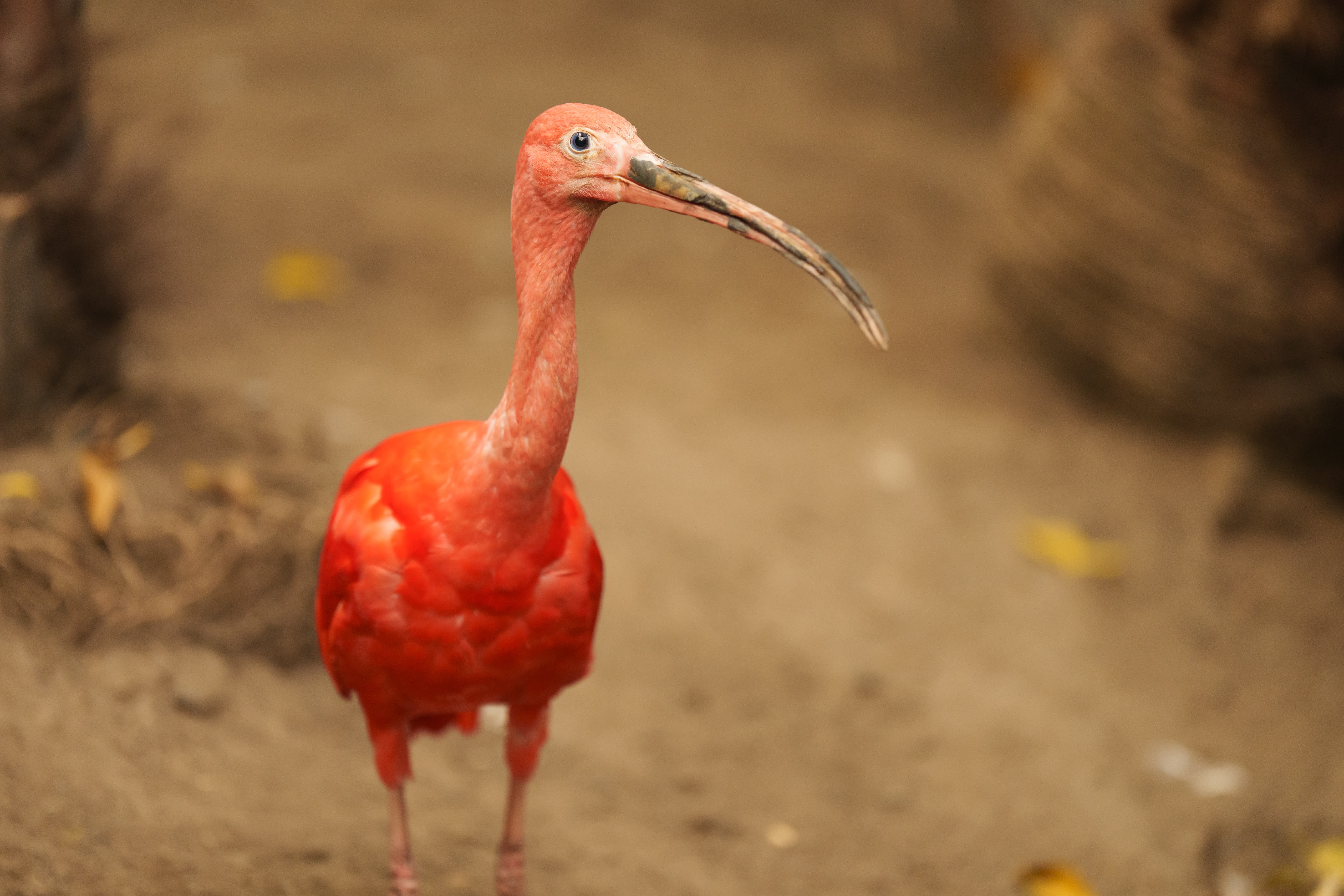
Scarlet Ibis at Leeds Tropical World, 1/200sec, f/2.8, ISO 1250, Sony 70-200mm at 191mm, with Sony A1. Raw processed in Adobe Camera Raw
Using the Sony Alpha 1’s bird detection focus resulted in the camera and lens focusing correctly on the bird’s eye with great success.
Sony FE 70-200mm F2.8 GM OSS II: Performance
Images are incredibly sharp even when shooting at f/2.8, throughout the zoom range, with very good levels of sharpness across the frame right into the corners until you get to 200mm. Although it’s worth noting, we found in our Sony FE 70-200mm F2.8 GM OSS II review that you won’t see the true sharpness of the lens unless you have a look at the raw images, as default noise reduction settings can reduce sharpness.

Sheffield from Meersbrook Park, 1/640sec, f/5, ISO 100, Sony 70-200mm at 200mm, with Sony A1. Raw processed in Adobe Camera Raw
There is a very slight falloff of sharpness in the corners at 200mm, at f/2.8, but this is minimal.
I struggled to find any photos with signs of vignetting with correction switched on, except at 200mm and f/2.8 when there was slight vignetting (darkened corners) visible, but this is minimal, and easily corrected in software.

Meersbrook hall, detail and chromatic aberration check, 1/400sec, f/6.3, ISO 100, Sony 70-200mm at 70mm, with Sony A1. Raw processed in Adobe Camera Raw
Speaking of optical problems, of which there are very few, there is some slight chromatic aberrations visible, but again, this is easily corrected.
If you do take photos without applying distortion correction, then you can see that there is very slight distortion visible, which is strongest at the telephoto end.

Clock miniature, bokeh balls, 1/80sec, f/2.8, ISO 500, Sony 70-200mm at 78mm, with Sony A1. Raw processed in Adobe Camera Raw
As promised by Sony, the out-of-focus areas, and particularly the background blur, or bokeh, was extremely pleasing over the course of our Sony FE 70-200mm F2.8 GM OSS II review, with great looking ‘bokeh balls’, with none of the ‘onion’ bokeh you get on some lenses.
Flare resistance is impressive, with the lens being extremely resistant to flare, even when shooting with the sun in the frame. Multiple attempts to introduce flare into the shot failed to produce anything of note.

Lego, closest focus at 70mm to show bokeh, 1/400sec, f/2.8, ISO 100, Sony 70-200mm at 70mm, with Sony A1
Sony 70-200mm Vs Canon Vs Nikon 70-200mm:
The Canon RF 70-200mm f/2.8L IS USM was the lightest and shortest 70-200mm f/2.8 lens for mirrorless cameras before the Sony appeared, but there’s not a whole lot in it, with the Canon lens still shorter, and the Sony being only slightly lighter.
What is impressive, is how much lighter this new lens is compared to the previous Sony version. The Canon version is noticeably shorter, due to this being an extending lens, whilst the Sony stays the same length. The Sony lens is the same length and diameter as the previous version, adds additional controls, including the aperture ring and additional switches, yet manages to reduce the weight by an impressive 435g.
- Sony FE 70-200mm F2.8 II: 88x200mm (diameter x length), 1045g, $2,798 / £2,599
- Sony FE 70-200mm F2.8: 88x200mm (diameter x length), 1480g, $1,998 / £1,999
- Canon RF 70-200mm f/2.8L IS USM: 90x146mm (diameter x length), 1070g, $2,499 / £2,850
- Nikon Z 70-200mm f/2.8 VR S: 89x220mm (diameter x length), 1440g, $2,696 / £2,599
Sony FE 70-200mm F2.8 GM OSS II: Verdict
Whilst it’s easy to read the press release or manufacturer’s website and be impressed by how good the lens sounds, there’s always a level of doubt. However, in our Sony FE 70-200mm F2.8 GM OSS II review we found that such doubt isn’t justified in this situation. The FE 70-200mm GM OSS II lens simply performs exceptionally well, producing sharp images at both ends of the zoom range. There’s beautiful bokeh and background blur on offer, as well as crisp detail and sharpness, and combined with a fast and reliable focus system, you get impressive shots time and time again.
The lens offers additional controls and features, including an aperture ring, additional switches for aperture click, direct manual focus (DMF), and more, fresh optical design, gives a noticeably lighter overall weight. Weather-sealing ensures the lens is usable in a variety of shooting conditions, whether that’s in wet weather, humid, or dusty conditions. The lens is also impressively resistant to flare, even when shooting with the sun in the frame.
For those that already own the original Sony FE 70-200mm F2.8 GM OSS lens, if you’re happy with your results, then there may not be enough reason to upgrade to this lens. However, if you’d like to reduce the weight of your camera kit, as well as gain access to additional controls, then the II version is an excellent choice.


